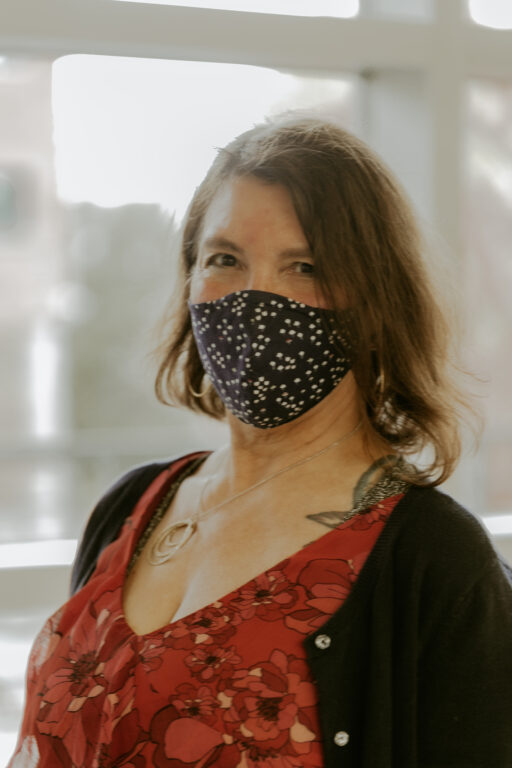Throughout the last year and a half, there have been many struggles that students have faced, taking a major toll on us mentally. But mental health professionals are confident in how the public’s view of mental health is changing for the better.
Some of the biggest challenges the pandemic has created for many people have been regarding mental health.. There have been many stressors put on us, such as being isolated from friends and family, the fear of contracting COVID-19, the Black Lives Matter protests, the 2020 Presidential Election, climate change and much more. For many of us, this was a crisis we had never experienced before now. All these factors help explain why mental health has taken a steady decrease for the past year.
Having awareness of your mental health is a good first step in identifying the problem. Jamie Derrick, an associate professor at the University of Idaho, a licensed psychologist and the founder of the University of Idaho Mindfulness Education Program describes mental health during the last year and a half as, “a time of acute fear and anxiety, while also being isolated to some extent.” There was a combination of things going on in the world that only added to the stress and anxiety people were already feeling.
Derrick also mentioned it wasn’t just the pandemic that added to the stressors. On top of isolating in our homes and worrying, there were huge amounts of divisiveness about the pandemic, including drastic racial unrest and severe climate issues .
The difficult part for many is what does it mean to be aware of our mental health? Derrick suggests practicing mindfulness, being present in the moment and understanding your emotions better.
“A standard coping strategy for many of us that we’ve been taught or grew up with is to mask our feelings or deny our feelings which can be okay if it’s a short-term strategy, but as a long-term strategy, like though a pandemic, it actually is more stressful for us,” Derrick said.
The view of mental health has changed over the past decade and how people are receiving accommodations to help them through their struggles. Derrick said she believes people are much more understanding and accepting of the wide range of mental health experiences.
“In the last decade, people have viewed mental health problems as a weakness, and people have been inclined to hide them and they won’t seek help… and then they’re left without true support or the possibility of healing if they aren’t seeking any support, which can exacerbate and affect other people around them,” Derrick said.
Gregory Lambeth, a licensed psychologist and the director at the Counseling and Testing Center on campus, said that the stigma around mental health has fundamentally shifted repeatedly.
“One of the most recent ways it’s happened is with Simone Biles and the Olympics and her willingness, among most young adults, to talk about mental health and its role in their lives, to acknowledge things like trauma,” Lambeth said “To advocate for access to mental health resources, it’s really led by students,” Lambeth said. “Students are a very powerful voice on this campus for mental health services.”
There are several viewpoints when it comes to mental health and having resources around to help. Location is a major factor in how mental health is perceived. In more rural areas, like northern Idaho, there are not many resources available for people who struggle with mental health issues which has played into the influx of mental health crises during this time of distress.
Being aware of your mental health is an important tool for everyone to have. Lambeth words it as “being self-reflective.”
“The reality is most of us are going to go through really difficult things in our lives at times,” Lambeth said. “To be self-reflective is to be thinking about what, in that deeper sense of how these issues are all integrated for you.”
Looking forward to what the future of mental health and mental health accommodations hold. Amy Taylor, the director of UI’s Center for Disability Access and Resources, spoke for herself and for Center of Disability and Access Resources about their goals for the future.
“CDAR would love to see less reliance on accommodations for students to access their education and more built-in structures for flexibility through universal design for learning,” Taylor said.
Derrick said that she tries to be more understanding with students when it comes to deadlines or being willing to help students out in this time of need in her classroom and she urges other teachers and professors to be doing the same.
“My classroom policies are far more lenient right now than they have been in the past to accommodate all the stuff that’s coming up and it’s really clear to me that there’s a lot of struggling going on,” Derrick said.
There are several resources for students on campus to use at their disposal, whenever necessary. CDAR is a great resource for students to use, and the Counseling and Testing Center on campus is free for students to get help, offering several group therapies for people who need them.



